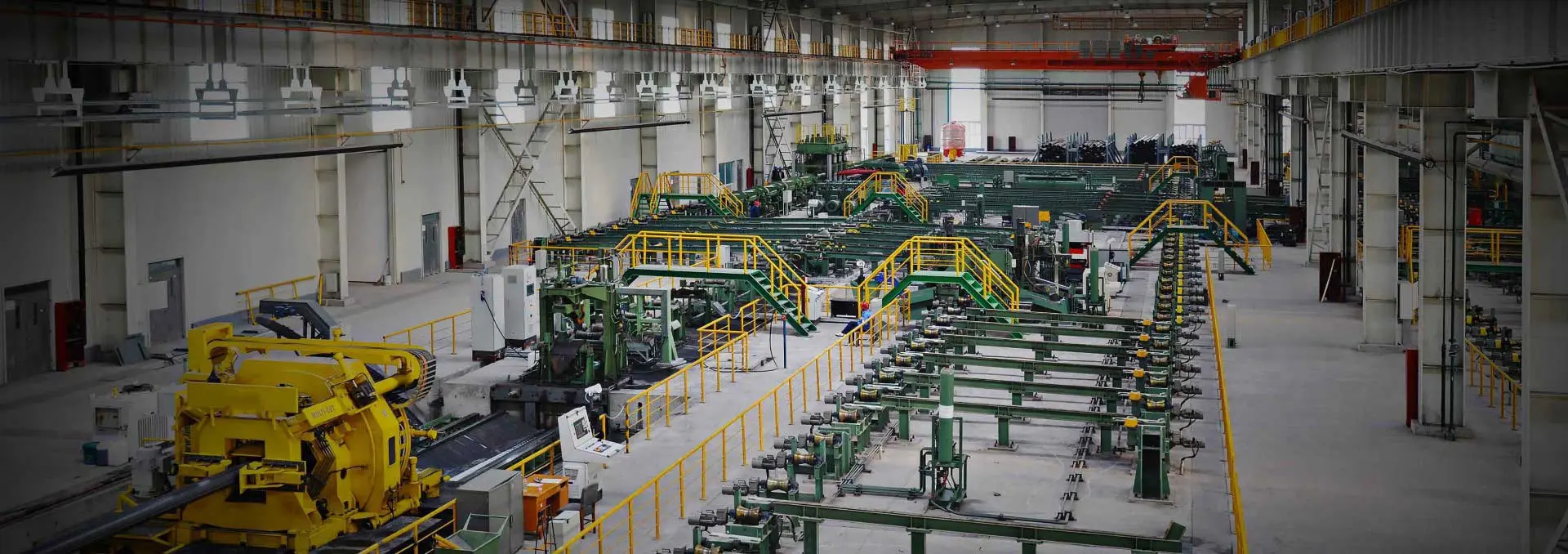AS 1579 SSAW Steel Pipe is a commonly used steel pipe standard in Australia and New Zealand, specifically developed for applications such as water transmission, wastewater treatment, and various industrial uses. Regulated by the Australian Standard AS 1579, this specification emphasizes high strength, corrosion resistance, and long-term durability, making it a preferred choice for municipal water supply systems, irrigation networks, and major infrastructure projects.
In this guide, we’ll explore everything you need to know about AS 1579 Spiral Welded Pipes—from key manufacturers and technical specifications to price trends, protective coatings, typical applications, and welding techniques.
Union Steel Industry Co., Ltd is professional SSAW steel pipe manufacturer, for more details, please contact:sales@union-steels.com
AS 1579 SSAW Steel Pipe Coating & Anti-Corrosion Treatments
|
Coating Type
|
Benefits
|
Best For
|
|
Fusion Bonded Epoxy (FBE)
|
High corrosion resistance, smooth surface
|
Water transmission, municipal pipelines
|
|
3LPE (Three-Layer Polyethylene)
|
High impact resistance, moisture protection
|
Underground pipelines
|
|
Cement Mortar Lining
|
Prevents internal corrosion, improves water quality
|
Drinking water and wastewater pipelines
|
|
Bitumen Coating
|
Affordable, protects against soil corrosion
|
Buried pipelines
|
|
Galvanization
|
Rust resistance, long lifespan
|
Structural applications
|
AS 1579 SSAW Steel Pipe – Welding Process & Manufacturing Overview
The production of AS 1579 spiral welded steel pipes is carried out under rigorous quality control protocols to ensure structural integrity, long-term durability, and full compliance with Australian standards. Below is a streamlined overview of the key stages in the manufacturing process:
1. Steel Coil Selection
Only high-grade carbon steel is selected to meet the material requirements of AS 1579.
Common steel grades include: GR B, X42, X52, X60, X70, and X80.
2. Spiral Forming
The selected steel coil is continuously fed into a forming machine and shaped into a helical (spiral) configuration.
This spiral seam design provides enhanced pressure tolerance and structural flexibility, making it suitable for high-stress applications.
3. Submerged Arc Welding (SAW)
The formed pipe undergoes double-sided submerged arc welding (DSAW) to create a uniform and high-strength weld.
This method offers excellent mechanical properties and high resistance to internal stresses.
4. Quality Control & Testing
To ensure product reliability, pipes are subjected to multiple non-destructive and pressure tests:
Ultrasonic and X-ray inspections to detect surface and internal flaws
Hydrostatic testing to verify performance under high-pressure conditions
5. Coating & Anti-Corrosion Treatment
Pipes receive specialized coatings to extend service life in corrosive environments, such as:
Fusion Bonded Epoxy (FBE)
Three-layer Polyethylene (3LPE)
Cement mortar lining (for internal protection)
6. Final Inspection & Certification
Each pipe undergoes a comprehensive final inspection to confirm dimensional precision and AS 1579 compliance.
Pipes are then certified according to ISO 9001 and Australian quality assurance standards.
Welding Techniques of AS 1579 Spiral Welded Pipes
|
Welding Method
|
Advantages
|
|
Submerged Arc Welding (SAW)
|
Deep penetration, strong and uniform welds
|
|
Double-Sided Welding (DSAW)
|
Ensures uniform strength, prevents weak points
|
|
Hydrostatic Testing
|
Verifies pressure resistance, ensures no leaks
|

 English
English Español
Español




 Tel : +86-18565811709
Tel : +86-18565811709 Email :
Email : 
 News
News




